Home>Furniture & Design>Outdoor Furniture>Why Is It Important To Consider Wildlife When Planning An Outdoor Activity?
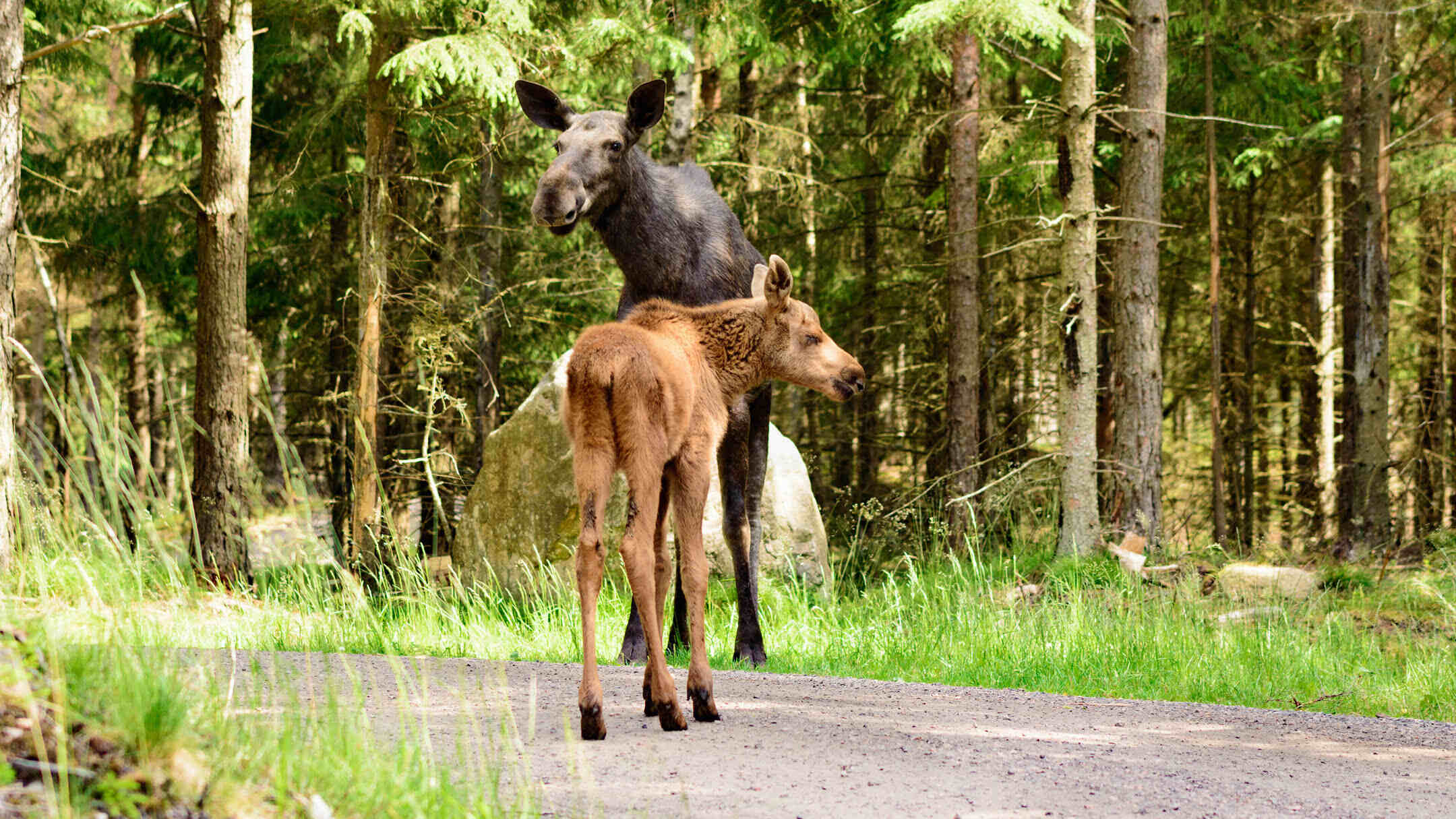

Outdoor Furniture
Why Is It Important To Consider Wildlife When Planning An Outdoor Activity?
Published: January 15, 2024
Discover the importance of wildlife conservation when planning outdoor activities. Learn how to integrate outdoor furniture and design while considering wildlife habitats.
(Many of the links in this article redirect to a specific reviewed product. Your purchase of these products through affiliate links helps to generate commission for Storables.com, at no extra cost. Learn more)
Introduction
When planning an outdoor activity, it's easy to get caught up in the excitement of choosing the perfect location, preparing the necessary gear, and envisioning the enjoyment of the great outdoors. However, amidst the thrill of planning, it's crucial to consider the impact of outdoor activities on the surrounding wildlife. From the smallest insects to the largest mammals, the presence of wildlife significantly contributes to the beauty and ecological balance of outdoor spaces. Therefore, understanding the importance of wildlife conservation and integrating strategies to minimize disturbances to natural habitats is essential for responsible and sustainable outdoor activity planning. In this article, we will explore the significance of considering wildlife when planning outdoor activities, the impact of outdoor activities on wildlife, the importance of wildlife conservation in outdoor planning, and effective strategies for minimizing the negative effects of human activities on wildlife. By delving into these aspects, we aim to foster a deeper appreciation for the coexistence of outdoor enthusiasts and wildlife, ultimately promoting the preservation of natural ecosystems for generations to come.
Key Takeaways:
- Outdoor activities can impact wildlife, so it’s important to plan responsibly. Consider wildlife habitats, minimize disturbances, and promote conservation to ensure a harmonious coexistence with nature.
- By integrating wildlife conservation into outdoor planning, we can protect vulnerable species, preserve biodiversity, and create sustainable outdoor experiences that respect and safeguard the natural world.
Read more: Why Outdoor Activities Are Important
Understanding the Impact of Outdoor Activities on Wildlife
Outdoor activities, ranging from hiking and camping to birdwatching and photography, offer individuals the opportunity to connect with nature and enjoy the serenity of the outdoors. However, these activities can inadvertently disrupt the natural behaviors and habitats of wildlife, leading to significant consequences for their well-being. Human presence in natural environments can result in stress and disturbance for wildlife, causing them to alter their feeding, mating, and nesting patterns. Additionally, the introduction of foreign elements such as litter, noise pollution, and habitat destruction can further exacerbate the negative impact of outdoor activities on wildlife.
Furthermore, the increased foot traffic and human activity in outdoor spaces can lead to habitat fragmentation, which hinders the movement of wildlife and disrupts their natural migratory patterns. This fragmentation can isolate populations, reduce genetic diversity, and ultimately threaten the long-term survival of various species. Additionally, the spread of invasive species through human activities can pose a significant threat to native wildlife, leading to imbalances in ecosystems and the displacement of indigenous flora and fauna.
Moreover, the inadvertent introduction of pathogens and diseases by outdoor enthusiasts can have devastating effects on wildlife populations, especially in areas where human-wildlife interactions are frequent. The transmission of diseases from domestic animals to wildlife, as well as the disturbance of natural water sources and food supplies, can contribute to the decline of vulnerable species and disrupt the delicate balance of ecosystems.
By recognizing the intricate web of interactions between human activities and wildlife, outdoor enthusiasts can gain a deeper understanding of their role in preserving natural environments and minimizing their impact on wildlife. Through this awareness, individuals can take proactive measures to ensure that their outdoor activities are conducted in a manner that respects and protects the diverse array of species that call these outdoor spaces home.
Importance of Wildlife Conservation in Outdoor Planning
Wildlife conservation plays a pivotal role in outdoor planning, as it ensures the preservation of natural habitats and the protection of diverse species that rely on these environments for survival. By integrating wildlife conservation principles into outdoor planning processes, individuals and organizations can contribute to the sustainability of ecosystems and the safeguarding of biodiversity. This proactive approach not only benefits wildlife but also enhances the overall outdoor experience for enthusiasts by fostering a harmonious coexistence with nature.
One of the primary reasons for prioritizing wildlife conservation in outdoor planning is to maintain the ecological balance of natural landscapes. Ecosystems rely on the intricate relationships between species, and the disruption of these relationships can lead to cascading effects throughout the food chain and the environment as a whole. By conserving wildlife habitats and minimizing human disturbances, outdoor planners can help ensure that these ecosystems remain resilient and functional, providing essential services such as pollination, seed dispersal, and nutrient cycling.
Furthermore, wildlife conservation in outdoor planning contributes to the protection of endangered and vulnerable species. Many outdoor spaces serve as critical habitats for species that are at risk of extinction, and responsible planning can help mitigate the threats posed by human activities. By implementing measures to reduce habitat degradation, limit disturbances, and raise awareness about the importance of preserving these species, outdoor planners can actively participate in global conservation efforts and contribute to the recovery of threatened wildlife populations.
Additionally, integrating wildlife conservation into outdoor planning fosters a sense of environmental stewardship and ethical responsibility among outdoor enthusiasts. By promoting an ethos of respect for wildlife and their habitats, planners can inspire individuals to become advocates for conservation and champions of sustainable outdoor practices. This, in turn, can lead to greater public awareness and support for wildlife conservation initiatives, creating a ripple effect that extends beyond the boundaries of outdoor spaces.
Ultimately, the importance of wildlife conservation in outdoor planning lies in its capacity to harmonize human activities with the natural world, ensuring that outdoor enthusiasts can continue to enjoy the beauty and diversity of wildlife while safeguarding these invaluable resources for future generations.
When planning an outdoor activity, consider wildlife to protect their habitats and ensure their safety. This can help preserve biodiversity and create a more enjoyable experience for everyone.
Strategies for Considering Wildlife in Outdoor Activity Planning
Integrating wildlife considerations into outdoor activity planning is essential for minimizing the impact of human activities on natural ecosystems and promoting the coexistence of outdoor enthusiasts and wildlife. By employing thoughtful strategies and best practices, planners can ensure that outdoor activities are conducted in a manner that respects and protects the diverse array of species that inhabit these environments. Here are several effective strategies for considering wildlife in outdoor activity planning:
- Site Selection and Impact Assessment: Prior to organizing outdoor activities, planners should conduct thorough assessments of potential sites to evaluate their ecological sensitivity and the presence of wildlife habitats. By identifying areas with high conservation value and vulnerable species, planners can make informed decisions about the suitability of these locations for different activities.
- Seasonal Restrictions and Wildlife Corridors: Recognizing the seasonal behaviors and migratory patterns of wildlife is crucial for minimizing disturbances. Planners can implement seasonal restrictions in areas where wildlife breeding, nesting, or hibernation occurs, allowing these species to thrive undisturbed. Additionally, identifying and preserving wildlife corridors facilitates the movement of species between habitats, promoting genetic exchange and population viability.
- Education and Awareness Campaigns: Engaging outdoor enthusiasts through educational initiatives can foster a deeper understanding of the importance of wildlife conservation. By raising awareness about the potential impacts of human activities on wildlife and their habitats, planners can encourage responsible behavior and promote a culture of environmental stewardship among participants.
- Minimizing Human Disturbances: Implementing guidelines to minimize human disturbances, such as controlling noise levels, reducing the spread of non-native species, and managing waste disposal, can significantly mitigate the negative effects of outdoor activities on wildlife. By establishing clear protocols for responsible behavior in natural settings, planners can empower participants to minimize their environmental footprint.
- Collaboration with Conservation Organizations: Collaborating with local conservation organizations and wildlife experts can provide valuable insights and resources for effective wildlife management in outdoor planning. By leveraging the expertise of conservation professionals, planners can gain access to scientific data, best practices, and guidance on minimizing the ecological impact of outdoor activities.
By integrating these strategies into outdoor activity planning, planners can uphold the principles of wildlife conservation while providing outdoor enthusiasts with enriching and sustainable experiences in natural environments. Through proactive and conscientious planning, the coexistence of outdoor activities and wildlife can be harmonized, ensuring the preservation of these precious ecosystems for generations to come.
Conclusion
As outdoor enthusiasts, planners, and conservation advocates, it is our collective responsibility to recognize the intrinsic value of wildlife and the vital role it plays in maintaining the ecological balance of natural environments. By considering the impact of outdoor activities on wildlife and integrating wildlife conservation principles into outdoor planning, we can foster a harmonious relationship between human recreation and the preservation of diverse species and their habitats.
Understanding the impact of outdoor activities on wildlife allows us to appreciate the delicate balance that exists in natural ecosystems and the potential consequences of human disturbances. Through this understanding, we can implement strategies that prioritize the conservation of wildlife habitats, minimize disturbances, and promote responsible behavior among outdoor enthusiasts. By doing so, we contribute to the protection of vulnerable species, the preservation of biodiversity, and the sustainability of natural landscapes for future generations.
Furthermore, the importance of wildlife conservation in outdoor planning extends beyond the boundaries of individual activities, serving as a catalyst for broader environmental stewardship and advocacy. By inspiring a sense of reverence for wildlife and their habitats, outdoor planners can empower participants to become ambassadors for conservation, driving positive change in their communities and beyond.
In essence, the integration of wildlife considerations into outdoor activity planning is a testament to our commitment to safeguarding the natural world and ensuring that outdoor experiences remain enriching, sustainable, and respectful of wildlife. By embracing this ethos, we can create a future where outdoor activities and wildlife coexist in harmony, preserving the beauty and diversity of our natural heritage for generations to come.
Frequently Asked Questions about Why Is It Important To Consider Wildlife When Planning An Outdoor Activity?
Was this page helpful?
At Storables.com, we guarantee accurate and reliable information. Our content, validated by Expert Board Contributors, is crafted following stringent Editorial Policies. We're committed to providing you with well-researched, expert-backed insights for all your informational needs.

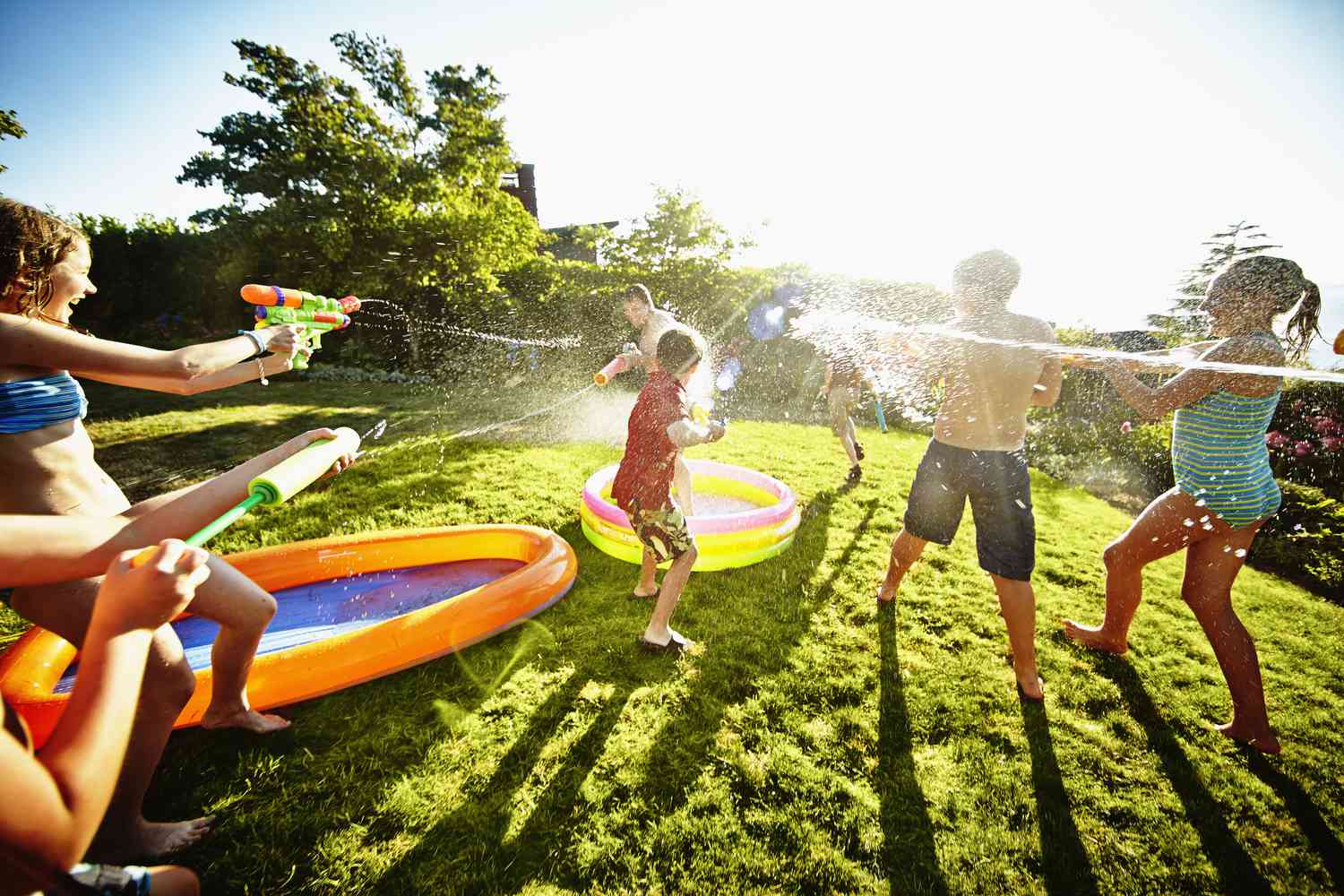
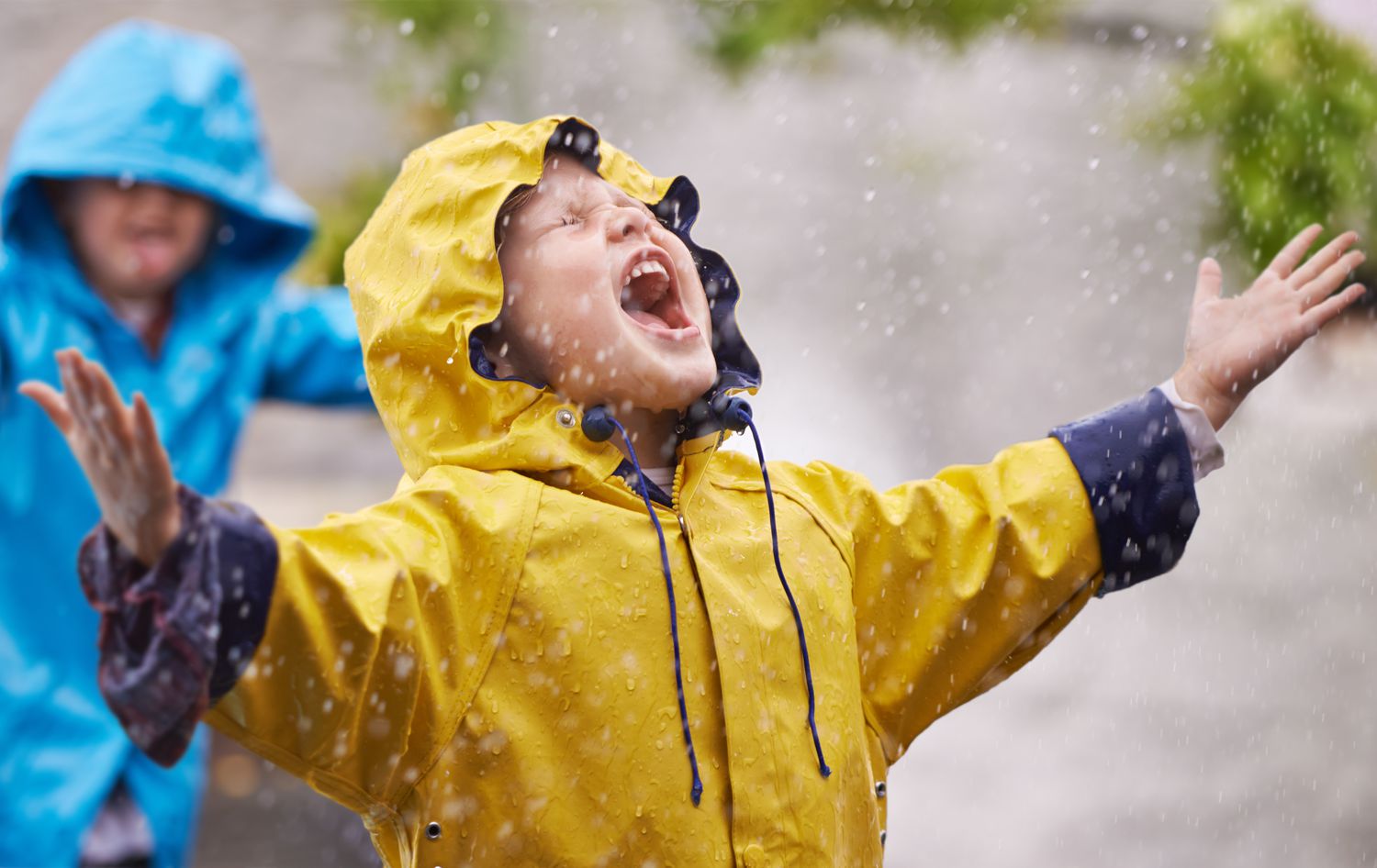
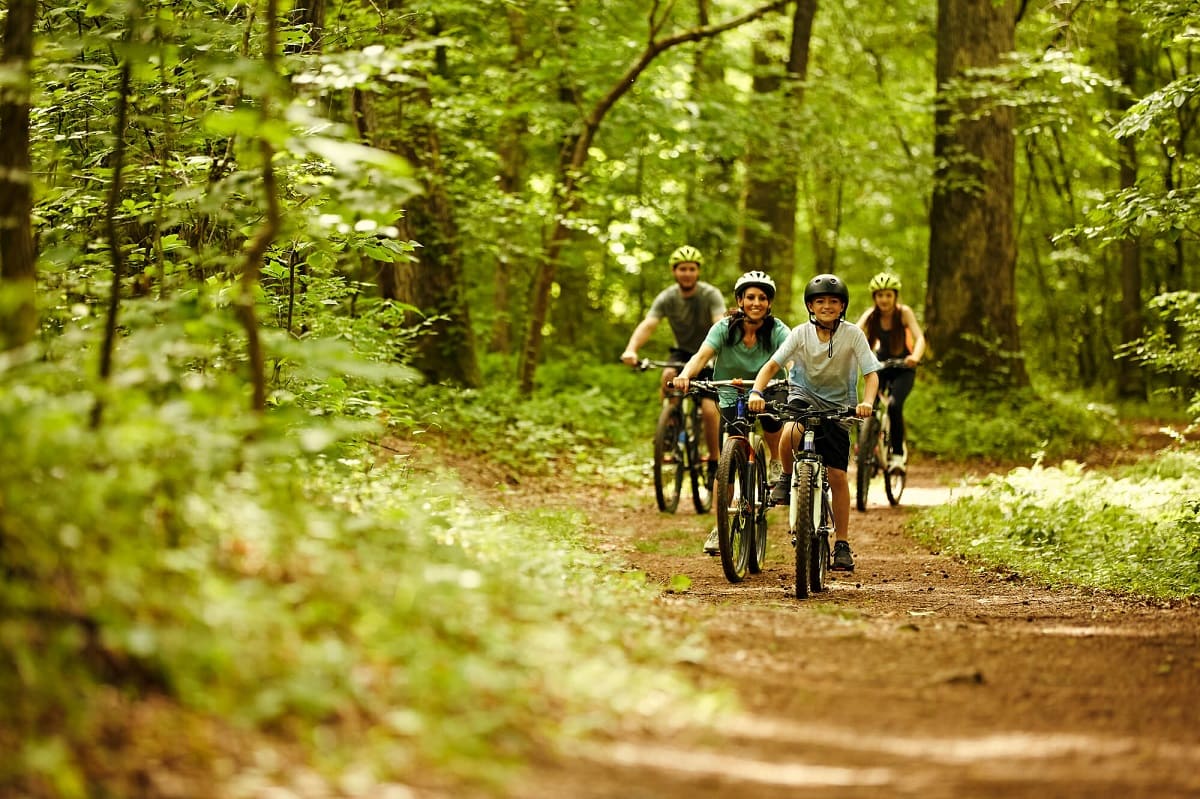

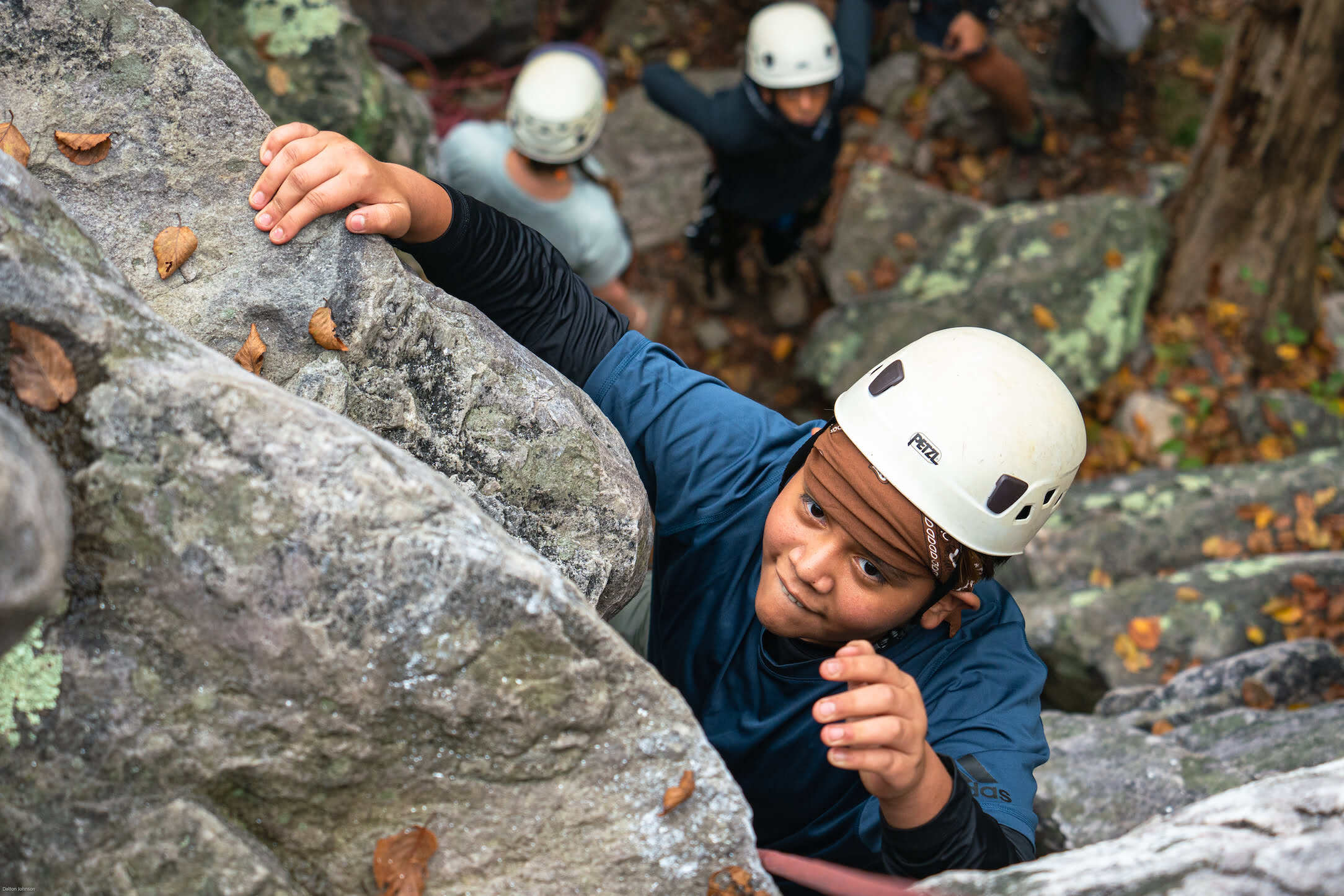

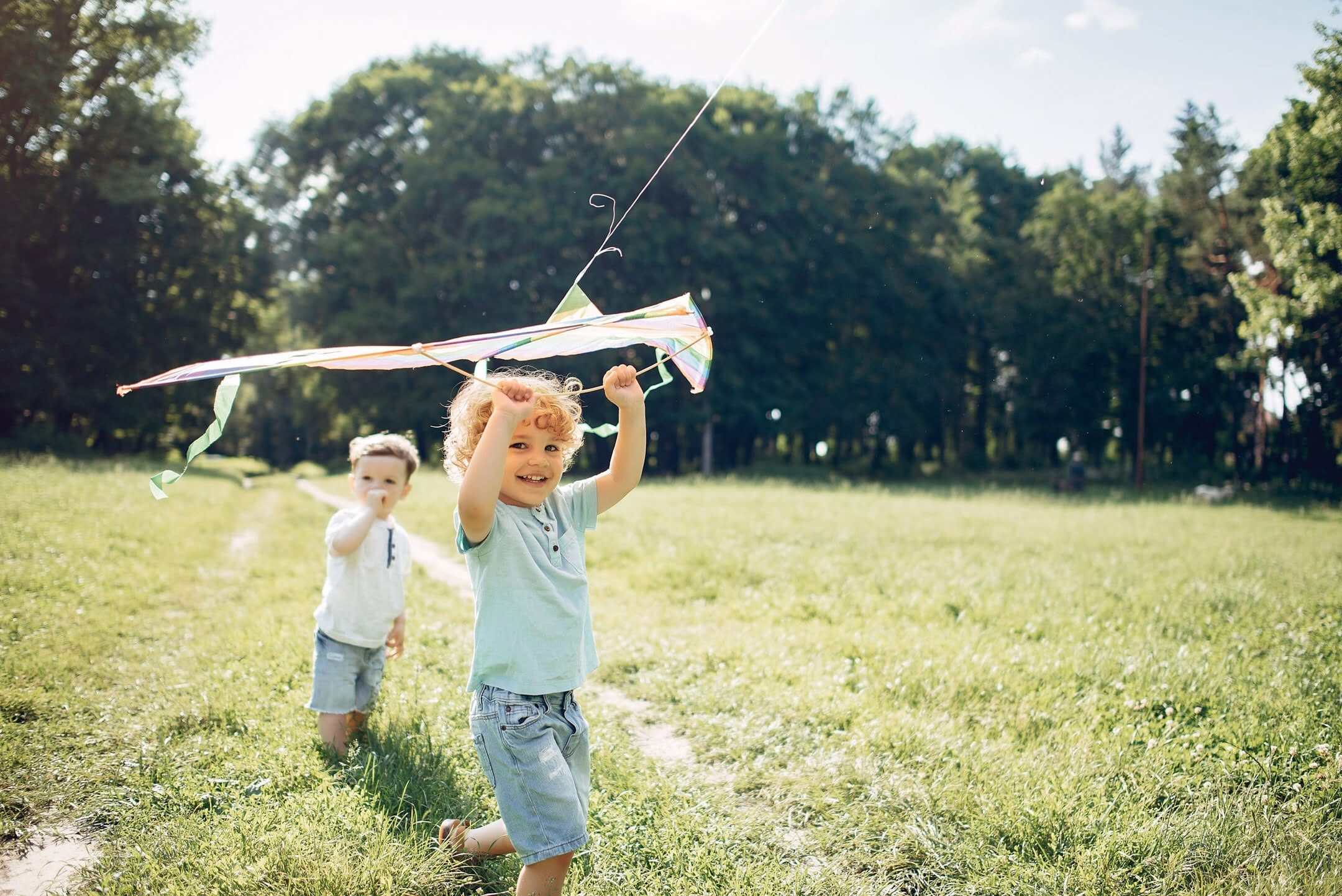

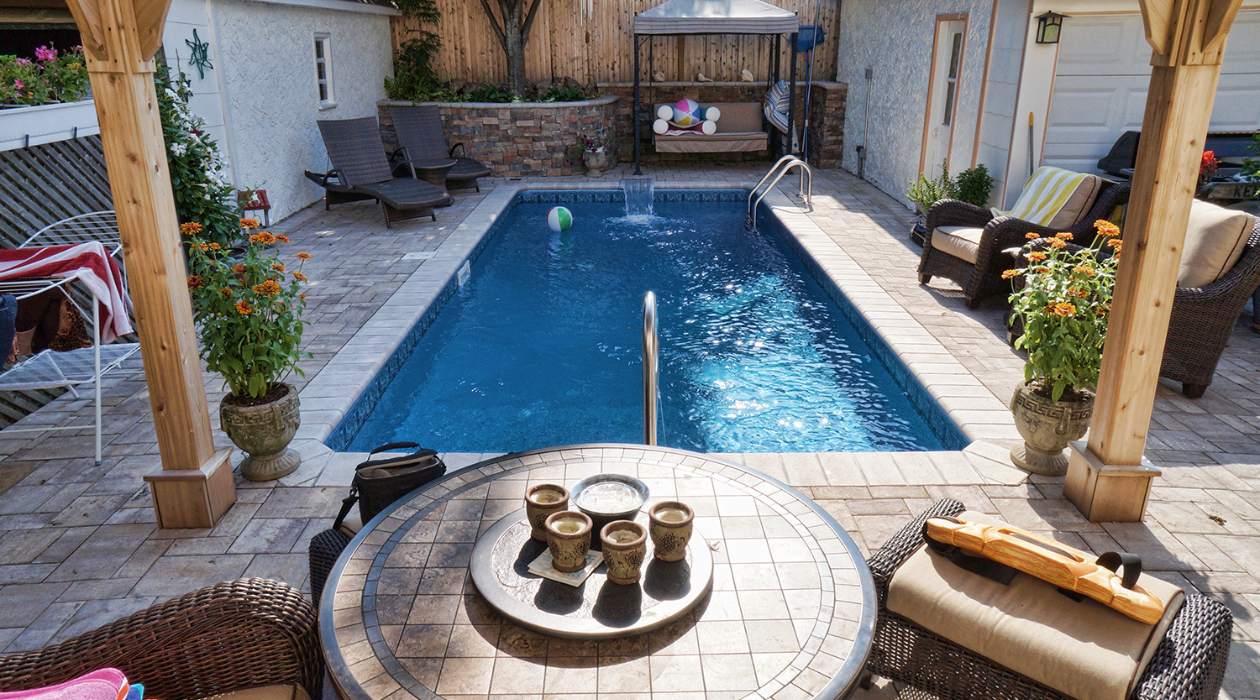
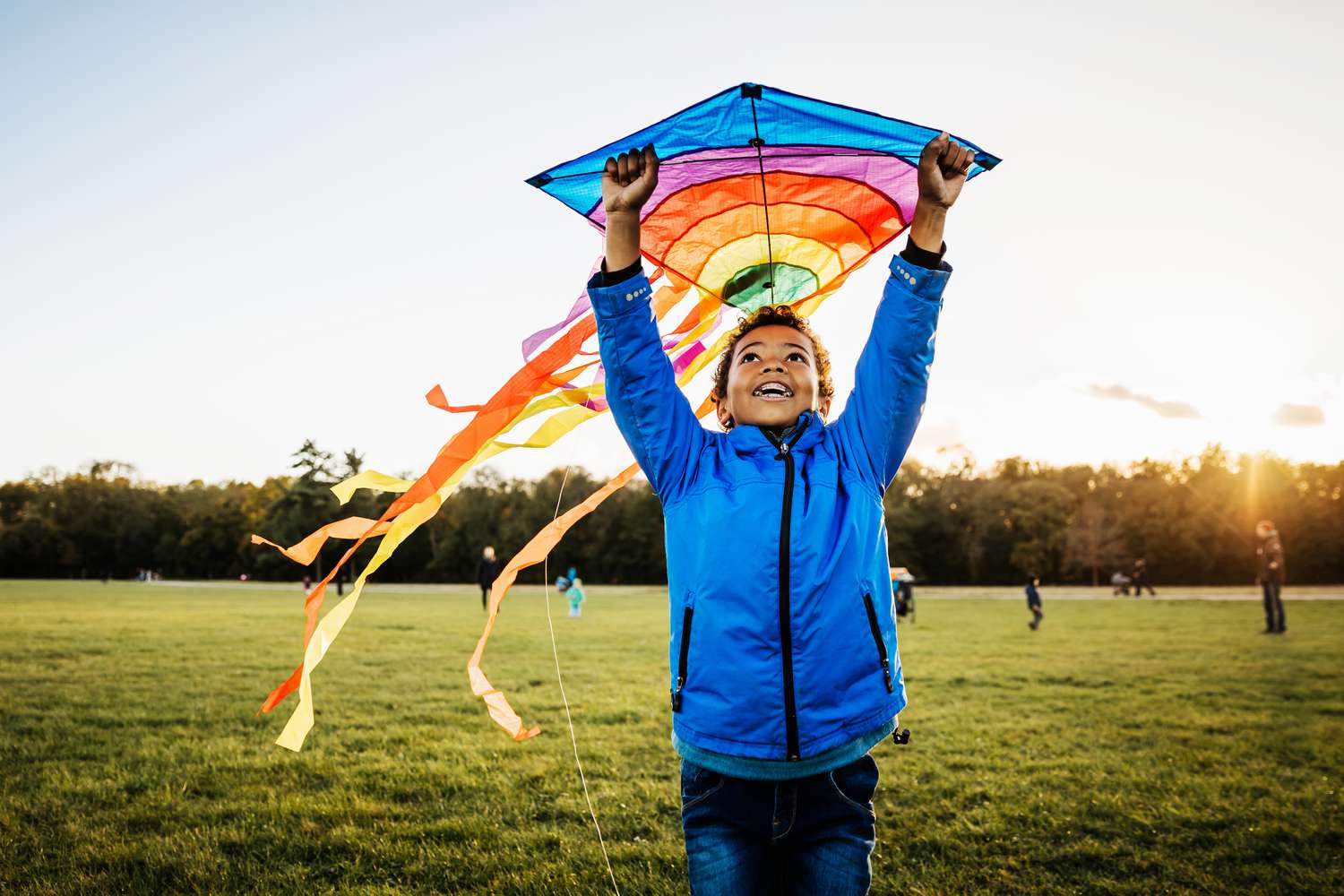



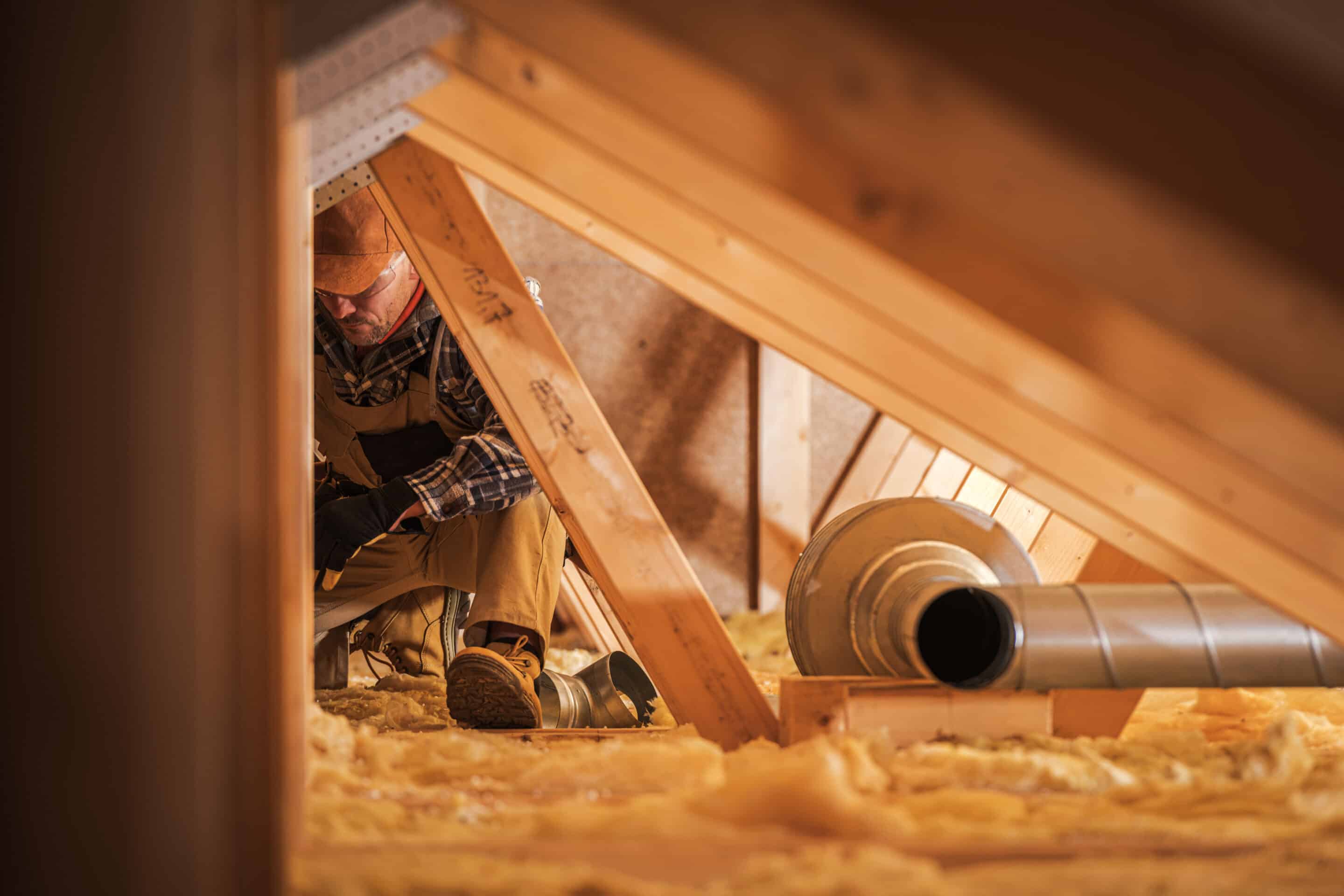

0 thoughts on “Why Is It Important To Consider Wildlife When Planning An Outdoor Activity?”